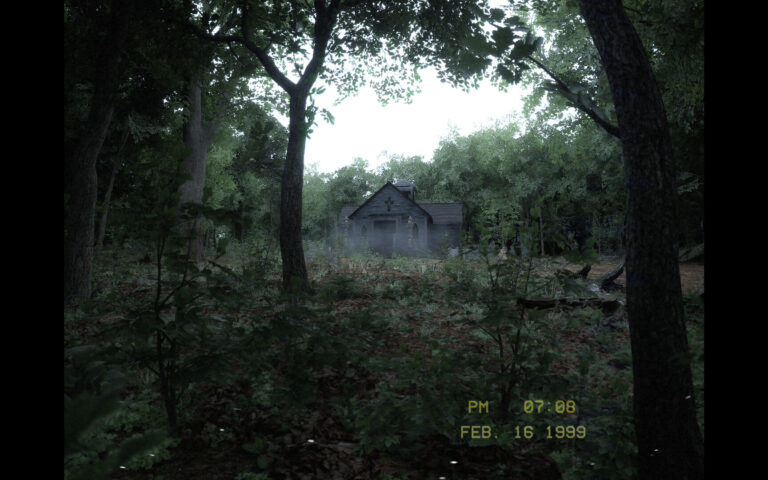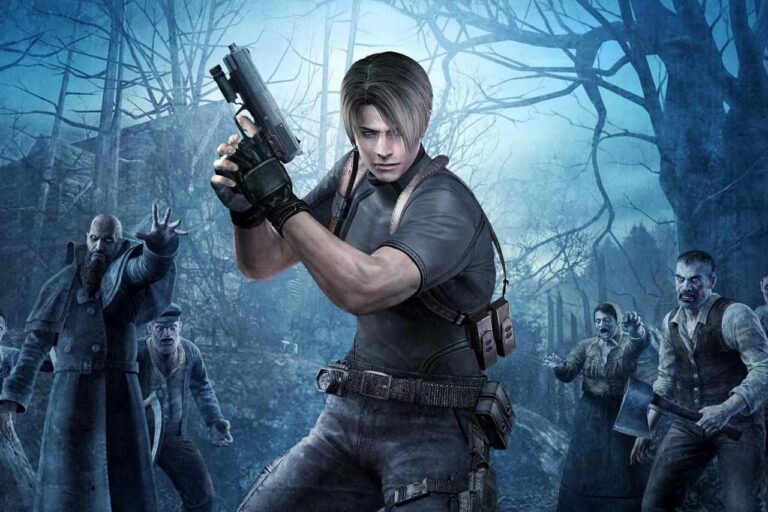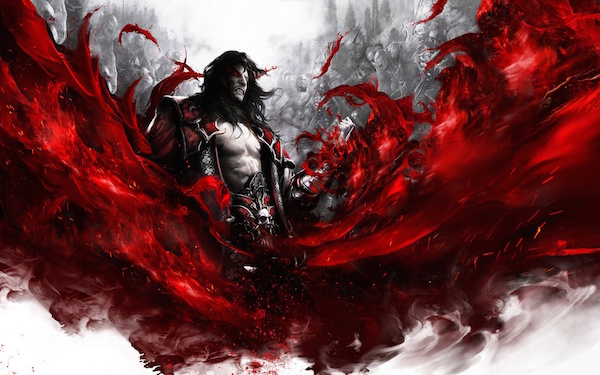
It’s been a long and winding road for the Castlevania series. There have been multiple format changes, scrapped ideas and horrible wrong-turns, yet somehow through all of the ups and downs it has remained one of Konami’s flagship titles. Starting out as a standard side-scrolling game for the NES and Famicom systems, Castlevania stood out against its plumber and blue-bomber counterparts by offering a unique take on the genre with an unforgiving difficulty and has since transformed into a widely adaptable series with many possibilities. Most recently, the series was reimagined in a three-game series; Castlevania: Lords of Shadow rewrote the series’ history and made it entirely its own, but now that the trilogy has concluded the series is left in limbo. Does Konami somehow adapt the Lords of Shadow trilogy into more games, do they reboot the series once more or do they go back to producing games under the original timeline? There are many possibilities to consider as the series finds itself in a very unique and interesting spot.
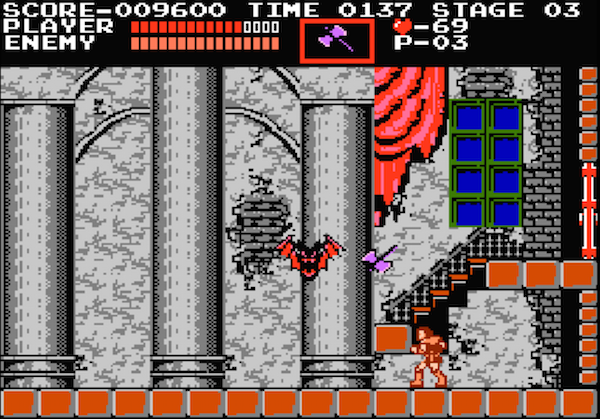
When Castlevania first released it didn’t have the speed of Super Mario nor did it have the futuristic weapons of Mega Man, instead it had a straight-forward adventure game with bats, skeletons, vampire bats and a man with a whip. At face-value it is hard to think a man in a tunic with a bandana and a whip to be a badass, but Simon Belmont was. Throughout the adventure we encountered many iconic monsters from folklore and movies like the Mummy, Medusa and Dracula. Somehow the game incorporated all of these creatures into one masterful game. One of the best things about the first title was that there wasn’t a whole lot of story-telling. Games back then didn’t really require much of that, they just had to be engaging (reference Blaster Master: a boy loses his pet frog and goes on an epic underground quest in what I can only assume is the prototype design for the current Nissan Armada, blasting monsters to bits and rolling on walls and cavern ceilings). Games were much simpler back then and it’s no surprise that there still is a certain level of nostalgia keeping these series alive today.
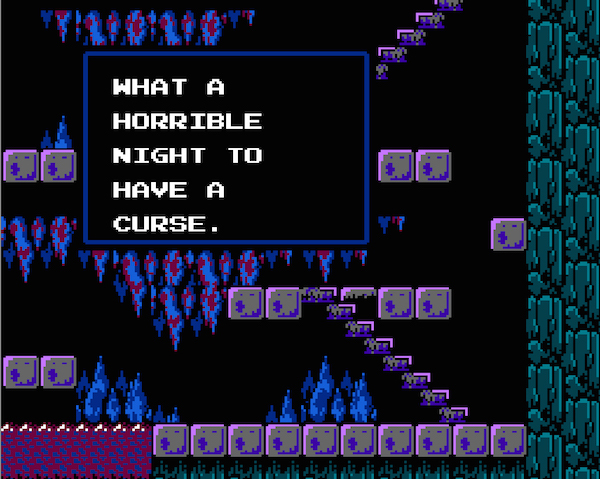
Castlevania is no exception. It wasn’t that the first title redefined the gaming industry or even the genre, it was that it was done well and showed that there could be much more to the story than the first game allowed. It was an adventure that had a lot of potential and set itself apart from role-playing games as it used their popular medieval backdrop of swords, monsters and dark, dank dungeons. Since then the series has grown by leaps and bounds, incorporating over a dozen characters spanning centuries both old and futuristic and bringing intertwining stories together to create a virtually three-dimensional universe. Konami has been ever vigilant in keeping the Castlevania name relevant and never letting it fall into obscurity, which keeps its fans happy and also gives much more power to the original three games.
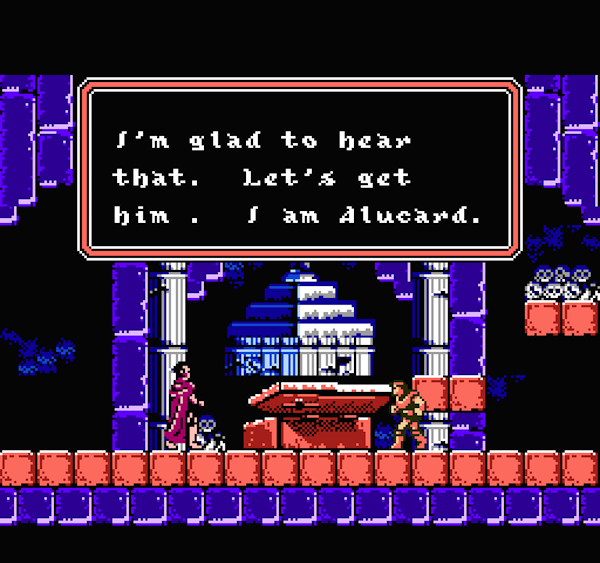
It didn’t take long for Konami to take a chance with the series, Castlevania II: Simon’s Quest was the first risky step Konami attempted with it. It received mixed reviews as it was a major departure from the original. It landed somewhere between Super Mario Bros. 2 and The Legend of Zelda: The Adventures of Link and offered an adventure akin to an RPG, including collecting items to get to other locations, gaining levels and progressing through the game in a nonlinear fashion with a world-map. Deciding to reel it in a bit, Castlevania III: Dracula’s Curse brought it back to the straight side-scrolling mayhem of the first with some welcome and greatly implemented changes. Three characters were now playable and you could call upon them when you needed their specific abilities to progress through the game. Along with this there were multiple paths you could choose to take your characters on, all of which led to the same ultimate goal, yet including different levels respectively.

I won’t detail every entry, but these are just some of the seemingly small, but drastic changes the series went through in three games. The next real change in the formula didn’t come until several games and almost a decade had passed. With the births of the N64 and Sony Playstation came different approaches to the series, the latter of which caught on immediately. While Nintendo received two full 3D entries on its new 64-bit system, the Playstation surprisingly kept the abilities of its system to a minimum and stayed 2D (albeit much more detailed) platforming formula. What set Playstation’s Castlevania: Symphony of the Night apart from everything that had come before it was the inclusion of a leveling system (similar to Castlevania II), the equipping of not only sub-weapons, but armor, primary weapons and spells, and -most notably- the fusing of Metroid‘s map and exploration system which included a rather open castle that left players required to find and gain certain skills in order to reach new areas and progress through the game. Quite simply, it was a match made in heaven as demonstrated by all of the GBA and Nintendo DS titles following the same mold to a “T” while delivering their own unique experiences.
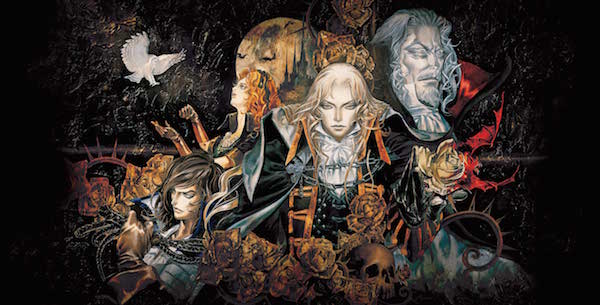
The 3D titles had their issues and the N64 games didn’t have the same critical acclaim as Symphony of the Night. The next time Castlevania would step into the third dimension (after a completely scrapped Sega Dreamcast title) didn’t come until well into the Playstation 2’s run. Castlevania: Lament of Innocence seemingly came out of nowhere. In fact, I personally did not hear about it until the day it released and I rushed to get it that same night. It felt substantially smaller than the previous Playstation release, but it looked and felt great and had a lot of exploring to do. While it may not have been as fluid, it implemented the combat style of Devil May Cry and kept the “Metroidvania” (as it is commonly referred to as) exploration and leveling system at the forefront, something the series most likely will never let go of. Another game, Curse of Darkness, soon followed in the same manner while offering little changes.
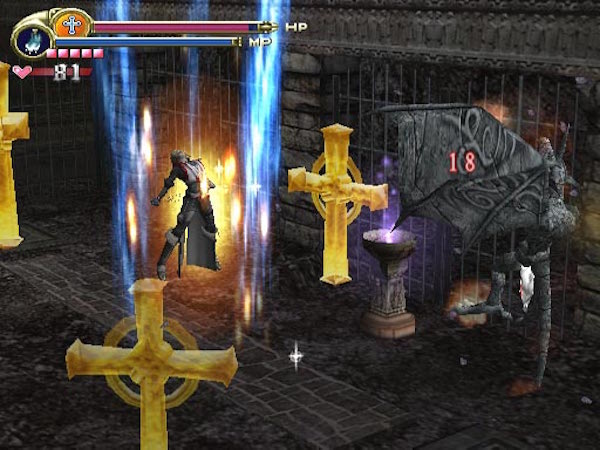
All of that brings us to the most recent iteration of the franchise. During the series’ forays into the major consoles, the Gameboy Advance and Nintendo DS titles continued on in 2D. After Curse of Darkness there was little talk of another Castlevania hitting the major systems until a nicely placed teaser hit under the ominous title of Lords of Shadow. In time the Castlevania name was revealed and Lords of Shadow became a major point of interest to fans in the series and Gabriel Belmont was introduced to the world. Some fans absolutely hated the idea of a reboot, while others (like myself) welcomed it with open arms, especially after seeing the official trailer for it. It took all of the best elements of the previous games: the exploring, the combat and the gothic beauty of the series and fused them together with a score that rivals that of The Lord of the Rings films and made a gorgeous game that put a sharp focus on story that had yet to be seen in the series as a whole. It can be presumed that because it was a reboot it needed to focus on the story, but it felt entirely natural and while it kept the basic traditions of the Castlevania series intact it added a great amount of its own lore. Just to clarify, the Xbox 360 version was two discs jam-packed with material in a seemingly endless adventure and with creative levels including Frankenstein’s laboratory and the music box puzzles, the experience was always fresh and exciting.
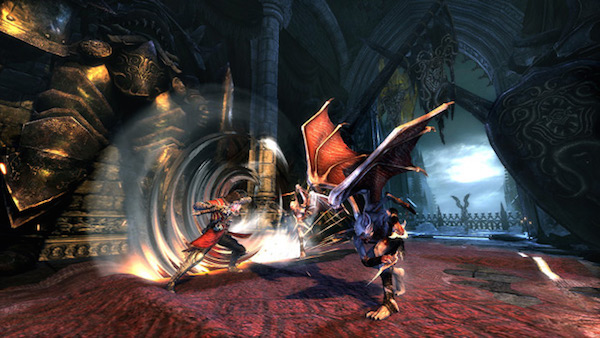
Fast-forward to today: the Lords of Shadow trilogy is completed with mixed reception to the finale and Gabriel’s epic story has come to a close. Where does the series go from here? Konami finds itself in a very unique position as it has a series that is immensely popular, but has inadvertently concluded itself by completing the rebooted trilogy after seemingly abandoning the original canon. That’s not to say they can’t or won’t go back, but how will they make that transition back to the original series? In my opinion I think it would be best to expand on Gabriel’s universe simply because it would be less awkward in the long-run; jumping from one timeline to another may confuse fans and will ultimately take away from the series’ credibility as a whole, not to mention they have already covered a lot of material in the original series by bouncing back and forth in that timeline and inserting chapters between games wherever they found room to do so.
So let’s speculate on the options. Leave your comments below on what you’d like to see from the series and how you might like it implemented. There are a few options including the ones I mentioned so feel free to get creative. Would you like Gabriel Belmont’s universe expanded upon? Do you want Konami to go back to the original series or should they reboot the entire franchise again? The Lords of Shadow story had a plot heavily based on fate and the ability/inability to control it; with the finale of the trilogy ending with Dracula choosing his own uncertain path, refusing to be tied down to a pre-determined destiny, it draws an eery parallel to the series’ current predicament. It’s an interesting situation to be in for such a popular series, but one thing is for sure: we haven’t seen the end of Castlevania.

Until we meet again…

